Search results for 'the and'
-
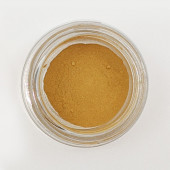
German Gold Powder 1 gram
Starting at: £47.00
-
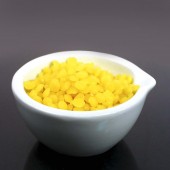
Natural Beeswax
Starting at: £11.20
-

Liquid Glass Mediums
Starting at: £19.50
Call to Order
-
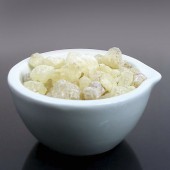
Gum Damar
Starting at: £10.00
-
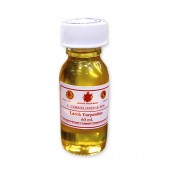
Cornelissen Larch Venice Turpentine
Starting at: £28.80
-
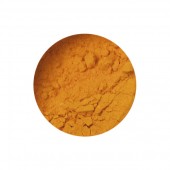
Gamboge Powder
Starting at: £5.20
-
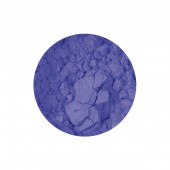
Smalt Light Pigment
Starting at: £5.20
-
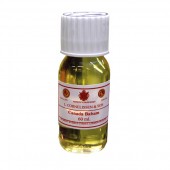
Cornelissen Canada Balsam
Starting at: £39.10
-
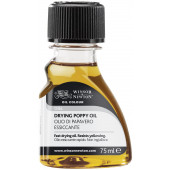
Winsor & Newton Drying Poppy Oil
Starting at: £9.20
-
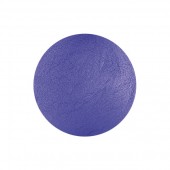
Egyptian Blue Pigment
Starting at: £5.90
-
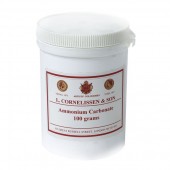
Ammonium Carbonate
Starting at: £9.70
-

Madder Lake Genuine Pigment
Starting at: £10.20
-
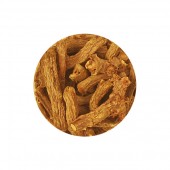
Madder Root Pieces
Starting at: £27.80
-
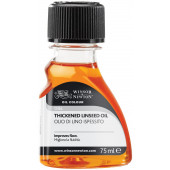
Winsor & Newton Thickened Linseed Oil
Starting at: £9.20
-
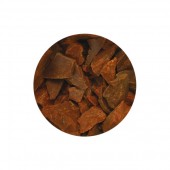
Gamboge Pipe Pieces
Starting at: £22.00
Call to Order
-
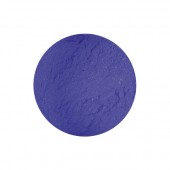
Smalt Dark Pigment
Starting at: £5.30
-
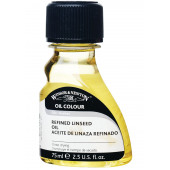
Winsor & Newton Refined Linseed Oil
Starting at: £6.85
-
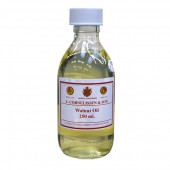
Cornelissen Walnut Oil
Starting at: £8.20
-
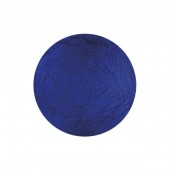
Blue Verditer Pigment
Starting at: £7.50
-
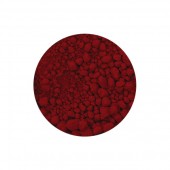
Carmine Red Genuine Pigment
Starting at: £10.00
-
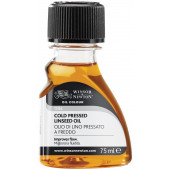
Winsor & Newton Cold Pressed Linseed Oil
Starting at: £9.20
-
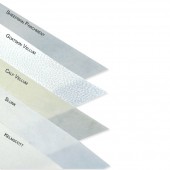
Sheepskin Parchment
Starting at: £11.75
-

Parchment Clippings
Starting at: £9.90
-
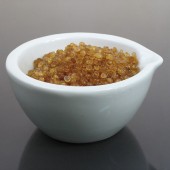
Pearl Glue
Starting at: £6.50
-
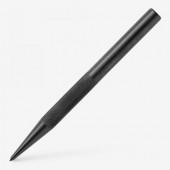
Easy Grip Crible Point Squat No 94
£15.76
-
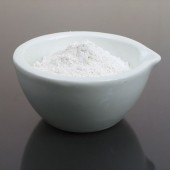
Plaster of Paris
Starting at: £5.50
-
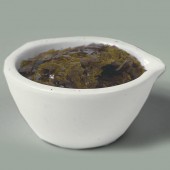
Clear Dewaxed Shellac
Starting at: £9.20
-

Gum Benzoin
Starting at: £14.70
-

Carnauba Wax Grey
Starting at: £8.40
-
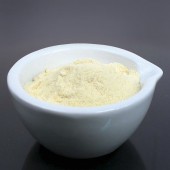
Powdered Rosin
Starting at: £13.90





